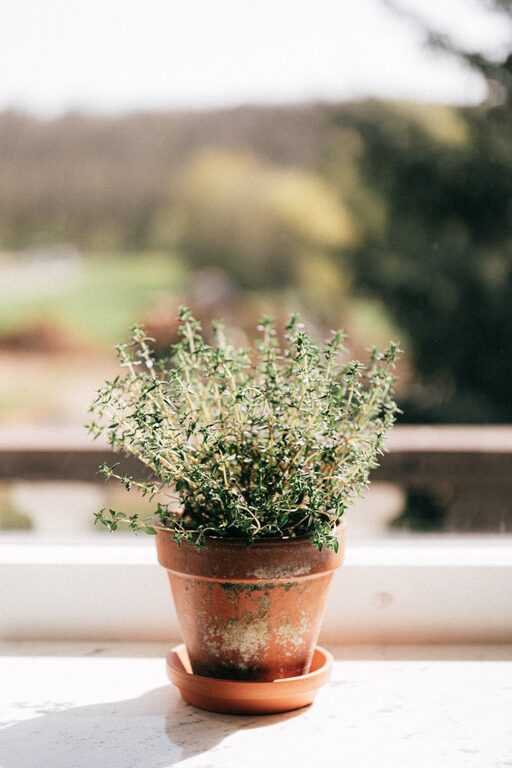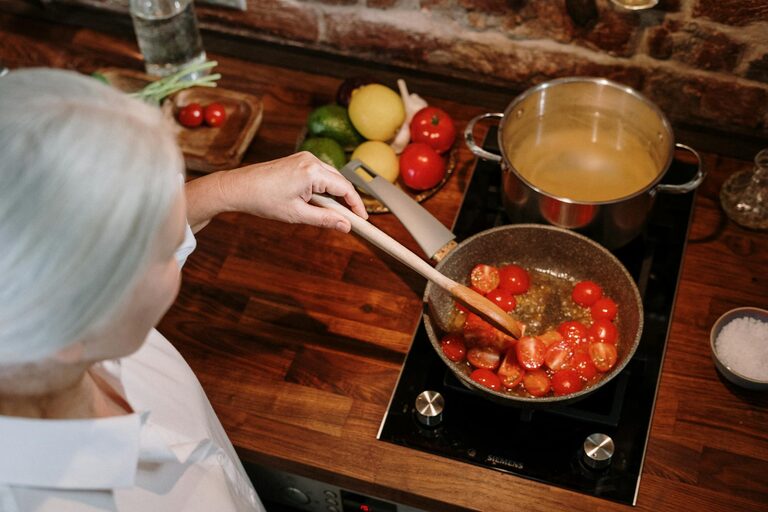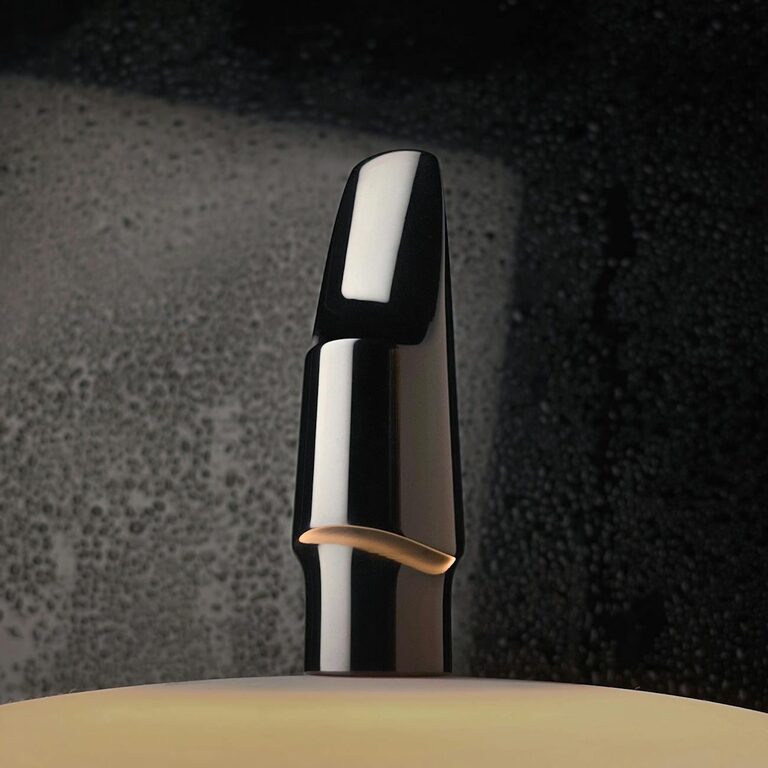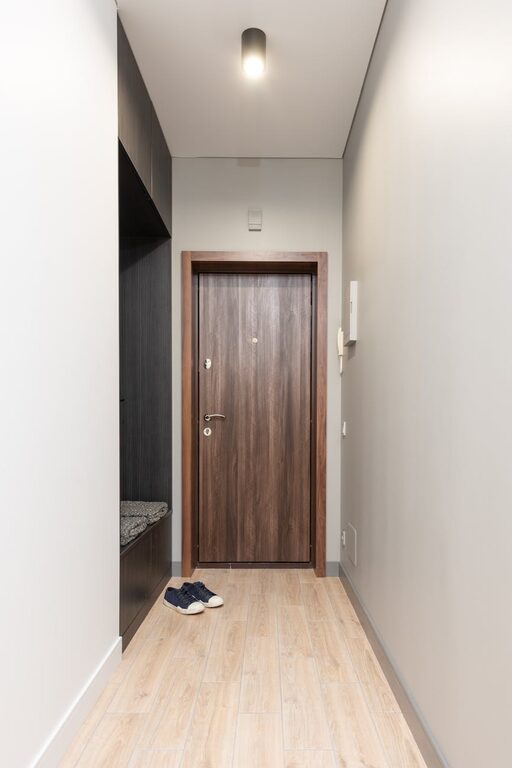
Starting a small herb garden indoors is a rewarding way to bring fresh flavors and greenery into your home. Whether you have a sunny windowsill or limited space, growing herbs indoors is both practical and enjoyable. This guide will walk you through everything you need to know to create your own thriving indoor herb garden.
Why Grow Herbs Indoors?
Growing herbs indoors offers several benefits:
– Freshness: Pick herbs like basil, parsley, or mint whenever you need them for cooking.
– Convenience: No need to run to the store; everything is right in your kitchen.
– Year-round gardening: Grow herbs regardless of outdoor weather or season.
– Air quality: Plants can help improve indoor air.
– Decor: Herbs add a lovely touch of green to your home décor.
Choosing the Right Herbs for Your Indoor Garden
When selecting herbs for indoor gardening, consider how much light they need and how you plan to use them. Some herbs are easier to grow indoors and adapt well to container life.
Best Indoor Herbs for Beginners
– Basil: Great for cooking and requires moderately bright light.
– Mint: Hardy and grows quickly; can handle indirect light.
– Parsley: Needs bright light and regular watering.
– Chives: Tolerates moderate light; perfect for garnishing meals.
– Thyme: Low maintenance and enjoys bright, indirect light.
– Oregano: Prefers bright light and well-draining soil.
– Cilantro: Likes cooler temperatures and moderate light.
Selecting Containers and Soil
Containers
Choose pots with drainage holes to prevent waterlogging. Options include:
– Terra cotta pots
– Plastic pots
– Ceramic containers
– Recycled containers with holes drilled
Size matters too; 4-6 inch pots work well for most herbs, providing enough root space without crowding.
Soil
Use a lightweight potting mix designed for indoor plants. Avoid garden soil, which may have pests or drain poorly. Look for:
– Good drainage
– Nutrient-rich components
– Light texture
You can also mix some perlite or vermiculite to improve aeration.
Finding the Perfect Location
Herbs need adequate light to thrive indoors.
– Light: Most herbs require 6-8 hours of sunlight daily. A south-facing window is ideal.
– Alternate light sources: If natural light is limited, consider fluorescent grow lights or LED plant lights.
– Temperature: Keep herbs in a spot with stable temperatures between 65-75°F (18-24°C).
– Airflow: Ensure good ventilation but avoid placing herbs near drafts or heating vents.
Planting Your Herbs
Starting From Seeds
– Fill your pots with potting mix, leaving about an inch from the top.
– Moisten the soil lightly.
– Plant seeds according to packet instructions, usually ¼ to ½ inch deep.
– Cover gently with soil, press lightly.
– Keep the soil moist but not soaked.
– Seeds may take 7-21 days to germinate depending on the herb.
Starting From Seedlings
– Gently remove seedlings from their nursery pots.
– Loosen roots if they appear root-bound.
– Plant in your prepared pots, covering roots with soil.
– Water thoroughly after planting.
Caring for Your Indoor Herb Garden
Watering
– Herbs prefer soil that is consistently moist but not waterlogged.
– Water when the top inch of soil feels dry.
– Avoid wet leaves to reduce risk of disease.
Feeding
– Use a diluted liquid fertilizer every 4-6 weeks during the growing season.
– Avoid over-fertilizing as this can affect flavor.
Pruning and Harvesting
– Regularly pinch back herbs to encourage bushier growth.
– Harvest leaves from the top, avoiding cutting more than one-third of the plant at once.
– Remove any yellow or dead leaves promptly.
Troubleshooting Common Issues
– Leggy growth: Insufficient light; move plants to a brighter spot or use grow lights.
– Yellow leaves: Overwatering or poor drainage; check soil moisture and pot drainage.
– Pests: Look out for spider mites, aphids, or fungus gnats; wipe leaves or use natural remedies.
– Weak flavor: Could be from over-fertilizing or insufficient sunlight.
Tips for Success
– Rotate pots weekly to ensure even growth.
– Use clean pots and tools to prevent disease.
– Keep herb garden seeds and seedlings labeled.
– Experiment with different herbs over time to find your favorites.
Conclusion
Starting a small herb garden indoors is simple and highly satisfying. With the right herbs, containers, light, and care, you can enjoy fresh greens all year round even in limited space. Embrace the process, and let your indoor herb garden nourish your cooking and indoor environment.
Happy gardening!




